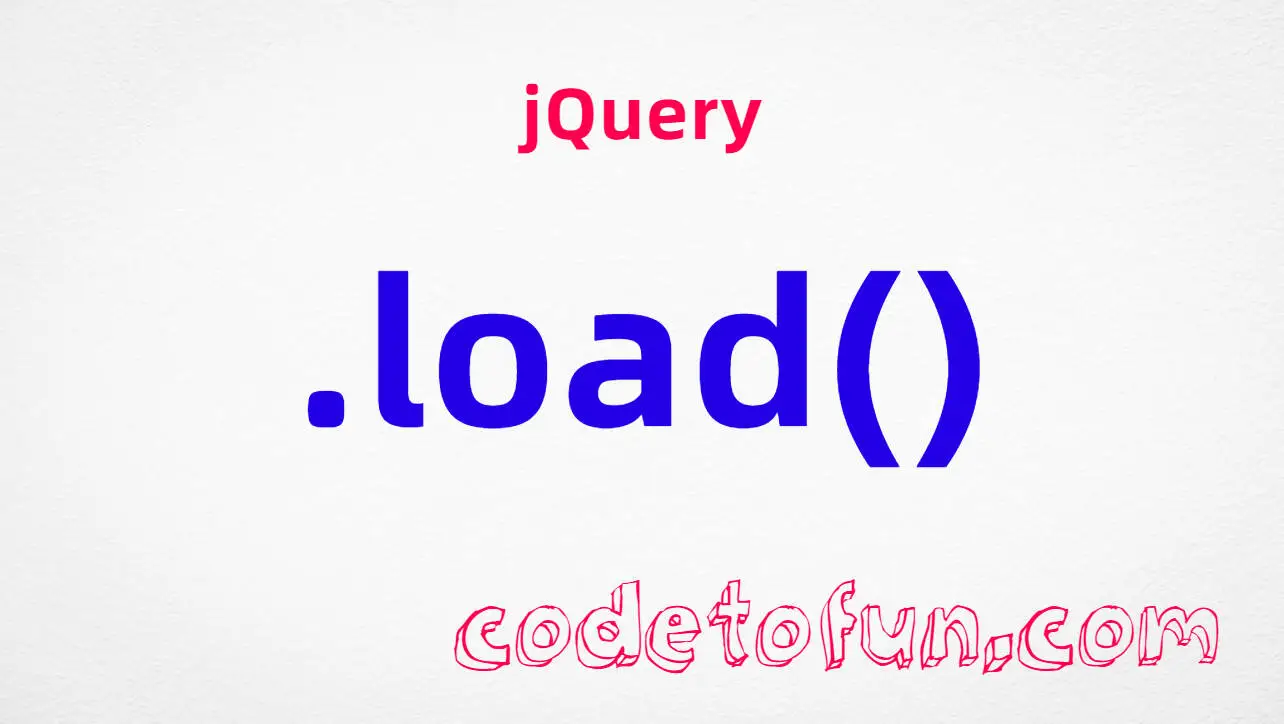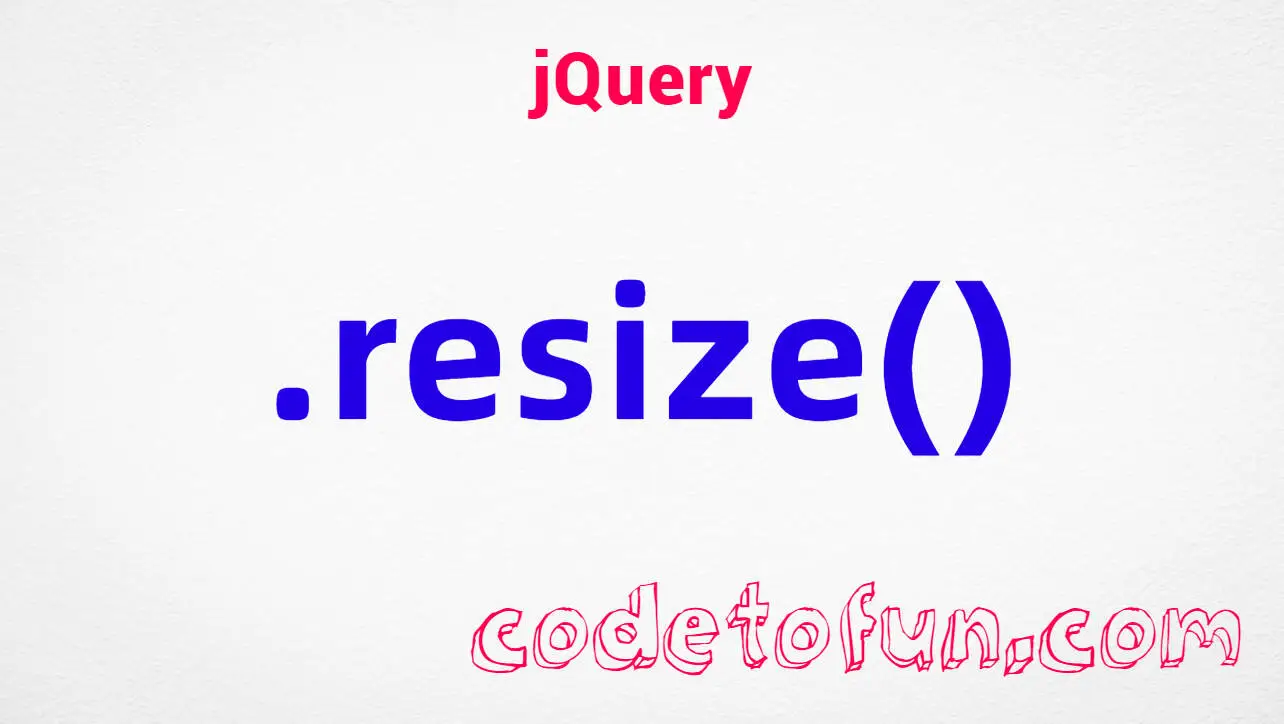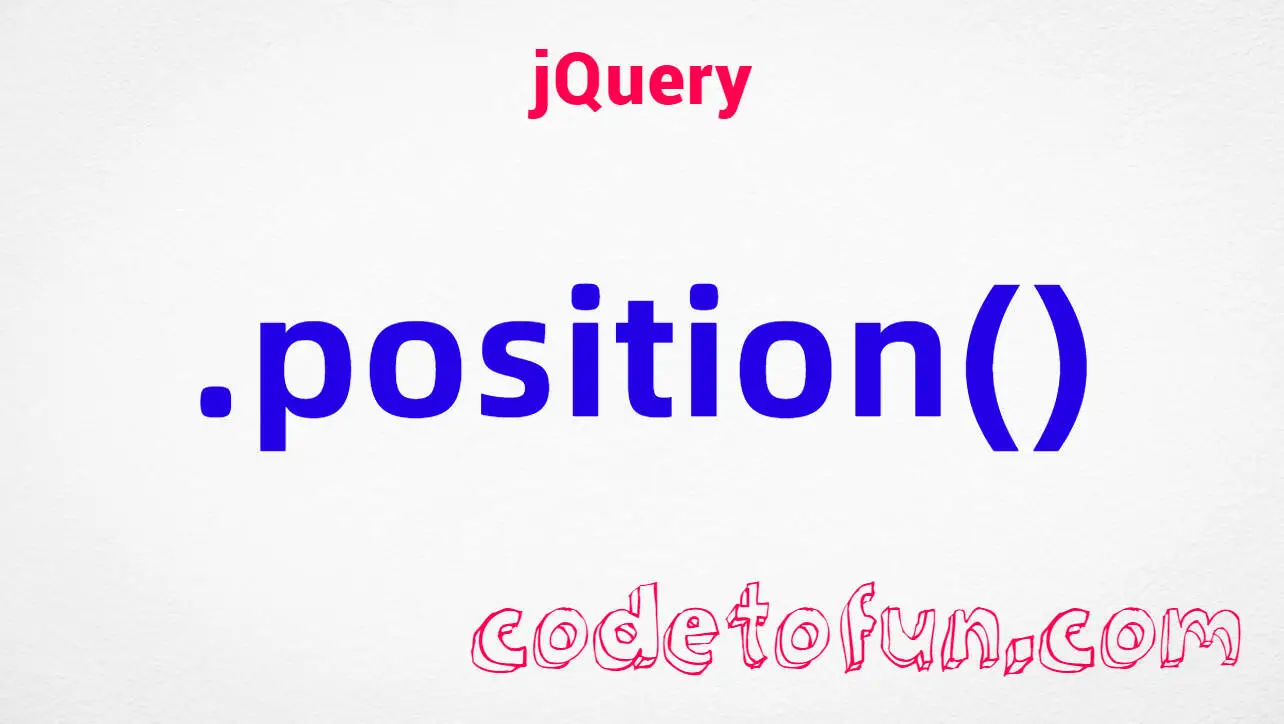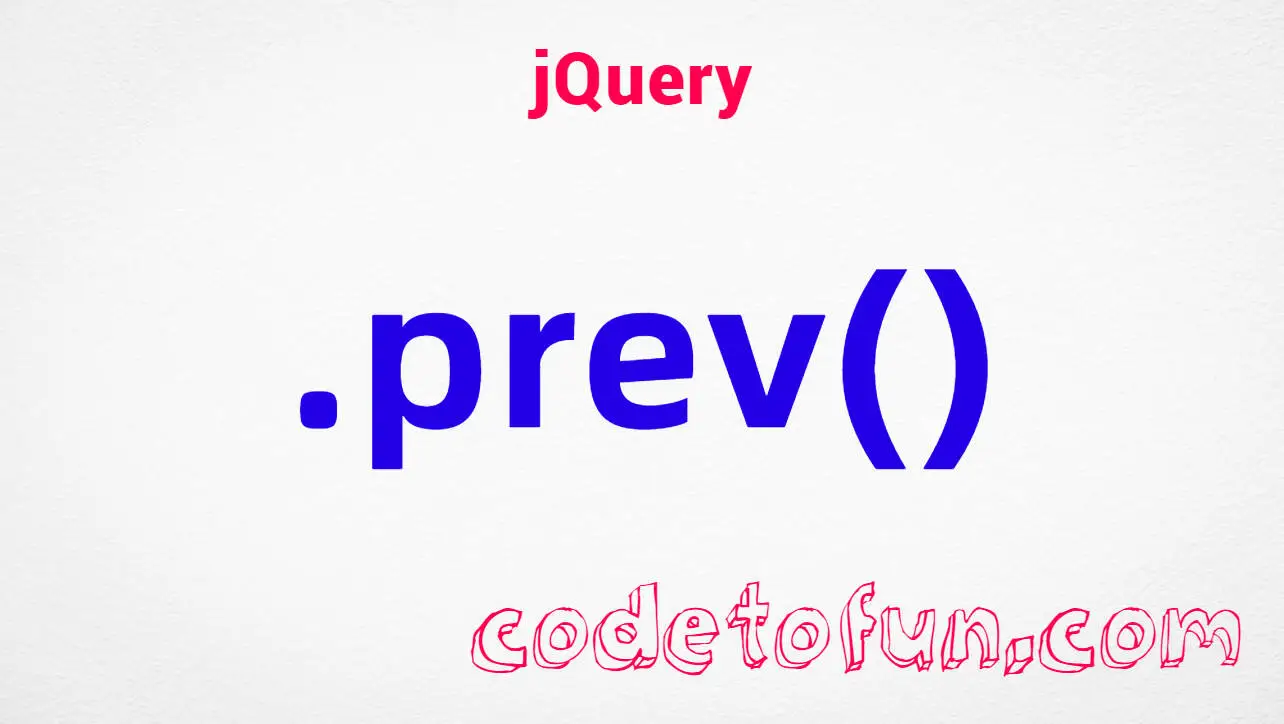
HTML Basic
HTML Reference
- HTML Tags
- <!--...-->
- <!DOCTYPE>
- <a>
- <abbr>
- <address>
- <area>
- <article>
- <aside>
- <audio>
- <b>
- <base>
- <bdi>
- <bdo>
- <blockquote>
- <body>
- <br>
- <button>
- <canvas>
- <caption>
- <cite>
- <code>
- <col>
- <colgroup>
- <data>
- <datalist>
- <dd>
- <del>
- <details>
- <dfn>
- <dialog>
- <div>
- <dl>
- <dt>
- <em>
- <embed>
- <fieldset>
- <figcaption>
- <figure>
- <footer>
- <form>
- <h1> to <h6>
- <head>
- <header>
- <hgroup>
- <hr>
- <html>
- <i>
- <iframe>
- <img>
- <input>
- <ins>
- <kbd>
- <label>
- <legend>
- <li>
- <link>
- <main>
- <map>
- <mark>
- <menu>
- <meta>
- <meter>
- <nav>
- <noscript>
- <object>
- <ol>
- <optgroup>
- <option>
- <output>
- <p>
- <param>
- <picture>
- <pre>
- <progress>
- <q>
- <rp>
- <rt>
- <ruby>
- <s>
- <samp>
- <script>
- <search>
- <section>
- <select>
- <small>
- <source>
- <span>
- <strong>
- <style>
- <sub>
- <summary>
- <sup>
- <svg>
- <table>
- <tbody>
- <td>
- <template>
- <textarea>
- <tfoot>
- <th>
- <thead>
- <time>
- <title>
- <tr>
- <track>
- <u>
- <ul>
- <var>
- <video>
- <wbr>
- HTML Deprecated Tags
- HTML Events
- HTML Global Attributes
- HTML Status Code
- HTML Language Code
- HTML Country Code
- HTML Charset
- MIME Types
HTML Tags

Photo Credit to CodeToFun
🤔 What is HTML Tags?
HTML tags are the building blocks of an HTML document. HTML stands for Hypertext Markup Language, and it is the standard markup language used for creating web pages. HTML tags are used to define the structure and content of a web page.
HTML tags are surrounded by angle brackets (< and >) and usually come in pairs, with an opening tag and a closing tag.
The opening tag indicates the start of an element, and the closing tag indicates the end.
The content of the element is placed between the opening and closing tags.
Table of Content
The following are the list of HTML Tags that are available in HTML5.
| Tags | Description |
|---|---|
| <!--comment--> | Used to insert comments within the code |
| <!DOCTYPE html> | Used to specify the version of HTML that the document follows. |
| <a> | Used to create a hyperlink or anchor link in a web page. |
| <abbr> | Used to define an abbreviation or acronym. |
| <address> | Used to mark up contact information or the details of the author or owner of a web page |
| <area> | Used in conjunction with an image map to define clickable areas within an image. |
| <article> | Used to define a self-contained, independent piece of content within a web page. |
| <aside> | Used to mark up content that is tangentially related to the main content of a web page. |
| <audio> | Used to embed audio content, such as music or sound clips, into a web page. |
| <b> | Used to apply bold formatting to text. |
| <base> | Used to specify the base URL or target URL for all relative URLs within a web page. |
| <bdi> | Used to isolate a span of text that needs to be rendered in a specific directionality within a different context. |
| <bdo> | Used to override the default text directionality of a web page. |
| <blockquote> | Used to indicate a block of quoted text within a web page. |
| <body> | Represents the main content area of a web page. |
| <br> | Used to insert a line break within a paragraph or block of text. |
| <button> | Used to create a clickable button on a web page. |
| <canvas> | Used to draw graphics, animations, and other visual elements on a web page using JavaScript. |
| <caption> | Used to define a caption or title for a table. |
| <cite> | Used to mark a reference to a creative work, such as a book, article, or a piece of artwork. |
| <code> | Used to mark a section of text as a piece of computer code or a programming code snippet. |
| <col> | Used to define the properties and styling for a column or a group of columns within a table. |
| <colgroup> | Used to group and define the properties for a set of columns within a table. |
| <data> | Represent the value of a measurement or a value that needs to be unambiguously machine-readable. |
| <datalist> | Used to create a predefined list of options for an <input> element. |
| <dd> | Used to define the description or explanation of a term within a description list (<dl>). |
| <del> | Used to represent content that has been deleted or removed from a document or text. |
| <details> | Used to create an interactive disclosure widget that can hide or reveal additional content. |
| <dfn> | Used to mark a term or phrase that is being defined within a document. |
| <dialog> | Used to create a modal or popup dialog box that contains interactive content or prompts for user input. |
| <div> | Specifies a generic container element used to group and organize other HTML elements. |
| <dl> | Used to create a description list, which consists of a series of term-definition pairs. |
| <dt> | sed to define a term or heading within a description list (<dl>). |
| <em> | Used to mark text as emphasized or to provide emphasis to certain words or phrases. |
| <embed> | Used to embed external content, such as multimedia elements or plugins, into a web page. |
| <fieldset> | Used to group related form elements together and create a visual grouping or container for them. |
| <figcaption> | Used to provide a caption or description for a media element within an HTML document, typically used in conjunction with the <figure> tag. |
| <figure> | sed to encapsulate and represent self-contained content, typically images, illustrations, diagrams, or code examples, within an HTML document. |
| <footer> | Used to define the footer section of a web page or a section within the document. |
| <form> | Used to create a section that contains interactive form controls, such as input fields, checkboxes, radio buttons, dropdown menus, and buttons. |
<h1> to | Used to define headings or titles for sections within a web page. | |
| <head> | Used to define the head section of an HTML document. |
| <header> | Used to define the header section of a web page or a section within the document. |
| <hr> | Used to create a horizontal rule or a horizontal line within a document. |
| <html> | Specifies the root element that represents the entire HTML document. |
| <i> | Used to apply italic formatting to a section of text. |
| <iframe> | Used to embed another HTML document or external content within the current web page. |
| <img> | Used to insert an image into a web page. |
| <input> | Used to create interactive form controls that allow users to enter data or make selections. |
| <ins> | Used to represent inserted or added content within a document. |
| <kbd> | Used to represent user input or keyboard input within a document. |
| <label> | Used to associate a label with a form control, providing a textual description or caption for the control. |
| <legend> | Used to provide a caption or title for a <fieldset> element. |
| <li> | Used to define an item within an ordered (<ol>) or unordered (<ul>) list. |
| <link> | Used to establish a link between an HTML document and an external resource, typically a CSS stylesheet or an icon. |
| <main> | Used to define the main content area of a web page or a section within the document. |
| <map> | Used to define an image map, which allows different areas of an image to be clickable and associated with specific actions or links. |
| <mark> | Used to highlight or mark specific portions of text within a document. |
| <meta> | Used to provide metadata or information about an HTML document. |
| <meter> | Used to represent a scalar measurement or a value within a known range. |
| <nav> | Used to define a section of a web page that contains navigation links. |
| <noscript> | Used to define content that should be displayed when JavaScript is not supported or disabled in the user's web browser. |
| <object> | Used to embed external content, such as multimedia elements or other HTML documents, within a web page. |
| <ol> | Used to create an ordered or numbered list within a web page. |
| <optgroup> | Used to group related <option> elements within a <select> dropdown list. |
| <option> | Used to define an individual option within a <select> dropdown list or a <datalist> autocomplete list. |
| <output> | Used to display the result or output of a calculation or user interaction. |
| <p> | Used to define a paragraph or block of text within a web page. |
| <param> | Used to provide parameters or configuration settings for an embedded object, typically within the |
| <picture> | Used to provide multiple versions of an image, each tailored to different device capabilities or screen sizes. |
| <pre> | Used to define preformatted text, which preserves the original formatting and spacing of the text. It stands for `preformatted`. |
| <progress> | Used to represent the progress or completion status of a specific task or process. |
| <q> | Used to enclose a short quotation within a block of text. |
| <rb> | Ued to define the base text of a ruby annotation, which is typically used in East Asian typography. |
| <rp> | Used to provide fallback parentheses for browsers that do not support ruby annotations. |
| <rt> | Used to provide the pronunciation or annotation of characters in a ruby text. |
| <rtc> | Used to group and annotate ruby text components. |
| <ruby> | Used to annotate and display small annotations, known as ruby text, alongside base text. |
| <s> | Used to indicate text that is no longer accurate, relevant, or should be considered as deleted or struck out. |
| <samp> | Used to enclose sample or computer code output within a web page. |
| <script> | Used to embed or reference JavaScript code within an HTML document. |
| <section> | Used to define a standalone section of content within a web page. |
| <select> | Used to create a dropdown list or a selection menu within a web page. |
| <small> | Used to define smaller text or content within a web page. |
| <source> | Used to specify alternative media resources, such as different file formats or resolutions, for audio, video, or image elements. |
| <span> | Used to apply styling or provide a container for inline elements within a web page. |
| <strong> | Ued to indicate strong importance or emphasis on text within a web page. |
| <style> | Used to embed or define CSS (Cascading Style Sheets) within an HTML document. |
| <sub> | Used to render subscript text within a web page. It stands for `subscript`. |
| <summary> | Used as part of the <details> element to provide a visible heading or summary for a collapsible section. |
| <sup> | Used to render superscript text within a web page. |
| <svg> | Used to embed scalable vector graphics (SVG) within a web page. |
| <table> | Used to create a tabular structure or a data table within a web page. |
| <tbody> | Used to group the body content of a table within a web page. |
| <td> | Used to define a single cell within a table. It stands for `table data`. |
| <template> | Used to define reusable content that can be used later within the document or dynamically cloned and inserted into the DOM (Document Object Model) using JavaScript. |
| <textarea> | Used to create a multi-line text input field within a web page. |
| <tfoot> | Used to define the footer section of a table within a web page. |
| <th> | Used to define a header cell within a table. It stands for `table header`. |
| <thead> | Used to group the header content of a table within a web page. |
| <time> | Used to mark up a specific time or a duration within a web page. |
| <title> | Used to define the title of a web page. |
| <tr> | Used to define a row within a table. |
| <track> | Used to specify timed text tracks for multimedia elements, such as <audio> and <video>. |
| <u> | Used to underline text within a web page. |
| <ul> | Used to create an unordered list within a web page. It stands for `unordered list`. |
| <var> | Used to denote a variable within a document. |
| <video> | Used to embed videos or audiovisual content within a web page. |
| <wbr> | Used to indicate a word break opportunity within a line of text. |
👨💻 Join our Community:
Author

For over eight years, I worked as a full-stack web developer. Now, I have chosen my profession as a full-time blogger at codetofun.com.
Buy me a coffee to make codetofun.com free for everyone.
Buy me a Coffee












If you have any doubts regarding this article (HTML Tags) please comment here. I will help you immediately.